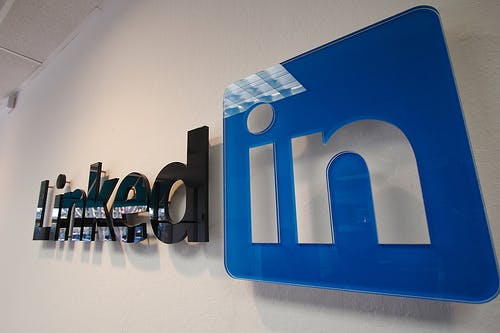I was talking last night to a friend of mine that is just finishing up her MBA from Tepper at Carnegie Mellon, and she was asking my opinion on the value of “Endorsements” and “Recommendations.” When LinkedIn started sending out their notifications congratulating people for “being in the top 5%”, I had a flurry of email from my connections asking me what my opinion was on how this will affect them in terms of their job searches
You have one of the top 5% most viewed LinkedIn profiles for 2012.
LinkedIn now has 200 million members. Thanks for playing a unique part in our community!
Okay, let’s start with the “5%”. Personally, I think this is nothing more than a reminder to LinkedIn users that they are a part of the ecosystem, and that their profiles may have good keyword searchability (either because of their skills, but I suspect it has more to do with company affiliations) and to keep up the good work of inviting people to continue using the service. In other words, it was a soft internal sales/marketing tool. (And also maybe a soft plug for their shareholders.)
Let’s go on to the Recommendations. I think the recommendations have some useful applications for a job seeker or someone in business development, but that usefulness is going to be based on the people giving the recommendations and their content. Having fifteen recommendations from peers doesn’t really tell me much about a candidate’s ability to interact with their manager or clients. I counsel job seekers to get recommendations from managers and executives *before* they need them, and to make sure it is someone they would consider using as a professional reference on an actual job application. I also see far too many generic recommendations. “Sally did a great job for us, she was always on time and a great team player”. That tells me nothing about Sally’s scope of responsibilities, or her ability to think actually get her work done. In other words, I think it’s pointless. The quality of recommendations lies in the title/relationship of the profile viewed, and the depth of content. This is a great way for a sourcer or account manager to find key contacts at companies because you can see the professional profile of candidates, and build up a good pipeline/sales call list. This could be very valuable for a Salesforce database.
Endorsements, or: “the blanket check box option”. The endorsements are really confusing to most people. Let’s be honest, a lot of people that have built out their networks rather casually have a significant number of people they have never directly worked with, and then you have the LION’s who accept every invitation. The endorsements seem to be really haphazard. But from a sourcing perspective they are actually gold. Keyword search combined with an individualized list of individuals that (theoretically) have enough of a knowledge about the concepts to actually say, “yes this person knows this concept well enough that I stake my professional LinkedIn reputation in telling you they know about it”? Cha-ching. If nothing else, even those sourcing professionals without a full Recruiter account can still build candidate lists by keyword skills.
Good basic tools in your sourcing toolkit, but in and of themselves nothing highly innovative or a big differentiator for LinkedIn.
